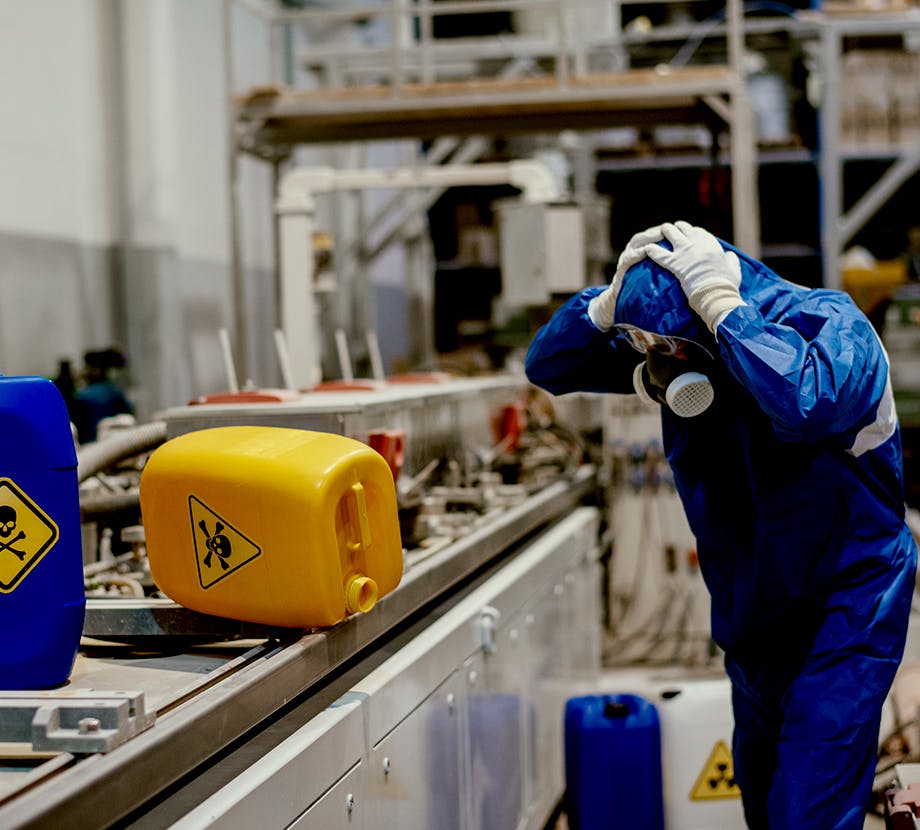Choose a Leading Hazardous Materials Accident Lawyer in NYC to Recover Maximum Damages
If you have been injured on a construction site, you need an aggressive and relentless hazardous materials accident attorney in New York City to fight for the compensation you deserve. Michael S. Lamonsoff, “The Bull,” is one of the top-rated hazardous materials accident lawyers in New York City, known for his no-holds-barred approach to taking on powerful companies and insurance giants.
Licensed in all New York State and Federal Courts, his legal expertise and results-driven litigation have earned him prestigious recognition, including membership in the Super Lawyers and the Board of Directors of the New York State Trial Lawyers Association. Don’t settle for less—put The Bull in your corner and take back control of your future. To schedule your free consultation, call us at 212-962-1020 or fill out this online contact form.




